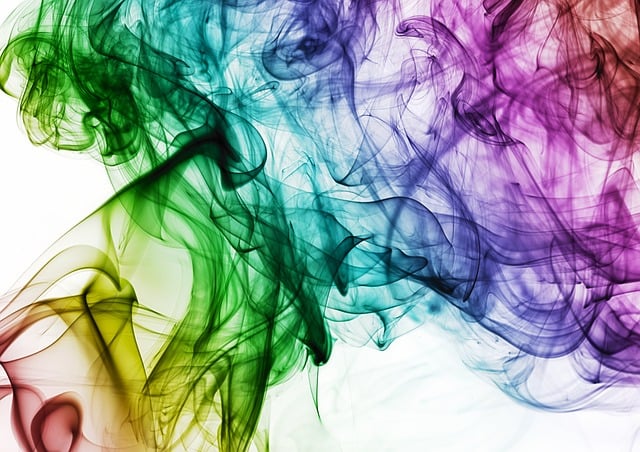Color prediction, often associated with games and decision-making processes, is an intriguing field that requires a strategic mindset. In this article, we delve into the art of strategy in color prediction, exploring the tactical approaches individuals employ to forecast and manipulate outcomes based on color-related cues. Whether in gaming, business, or daily decision-making, understanding the nuances of strategic color prediction enhances one’s ability to navigate a colorful world.
The Foundation of Color Psychology:
Before delving into strategic approaches, it’s crucial to recognize the foundation of color psychology. Colors evoke specific emotions, influence perceptions, and, when strategically employed, can guide decision-making processes. From the calming effects of blues and greens to the urgency associated with reds and yellows, color psychology forms the basis for strategic color prediction on 91 Club.
Tactical Approaches in Gaming:
In the gaming realm, color prediction becomes a tactical endeavor where players anticipate and respond to in-game events based on color cues. Successful gamers strategically interpret colors to navigate challenges, predict opponents’ moves, and make split-second decisions. Whether it’s identifying weak points in an adversary’s defense or discerning the significance of color-coded indicators, mastering tactical color prediction is often the key to victory.
Strategic Decision-Making in Business:
Beyond the gaming sphere, strategic color prediction plays a crucial role in business and marketing. Companies carefully select colors for their logos, branding, and products, aiming to evoke specific emotions and associations in consumers. Understanding the strategic implications of color helps businesses create compelling visual narratives that resonate with their target audience, influencing purchasing decisions and brand perception.
Color-Coding in Information Processing:
In various fields, color-coding serves as a tactical approach to streamline information processing. From educational materials to organizational charts, the strategic use of colors enhances clarity and comprehension. For instance, a color-coded system can categorize data, making it easier for individuals to quickly identify and prioritize information based on predetermined color associations.
The Impact of Cultural Considerations:
Strategic color prediction becomes even more complex when cultural factors are taken into account. Different cultures attribute distinct meanings to colors, and strategic decisions must be made with cultural sensitivities in mind. A color that signifies positivity in one culture may convey a different message in another, emphasizing the importance of cultural awareness in strategic color prediction.
Neurological Factors in Decision-Making:
Understanding the neurological factors involved in color perception enhances strategic approaches to color prediction. Studies show that certain colors can trigger specific responses in the brain, influencing mood, cognition, and behavior. Strategic decision-makers leverage this knowledge to create environments conducive to desired outcomes, whether it be productivity, relaxation, or heightened focus.
Adaptability and Innovation:
Successful strategic color prediction requires adaptability and a willingness to innovate. In dynamic environments, where factors influencing color perception may change rapidly, individuals and businesses must stay ahead by embracing new approaches and technologies. The ability to adapt strategic color prediction to evolving circumstances is a hallmark of successful decision-making.
Conclusion:
The art of strategy in color prediction is a nuanced and multidimensional discipline that spans various aspects of our lives. Whether in gaming, business, or information processing, the tactical approaches individuals employ to predict and leverage colors are essential for success. As we continue to navigate a world rich in color, understanding and mastering the art of strategic color prediction will undoubtedly remain a valuable skill, empowering individuals to make informed decisions and wield the power of colors to their advantage.



